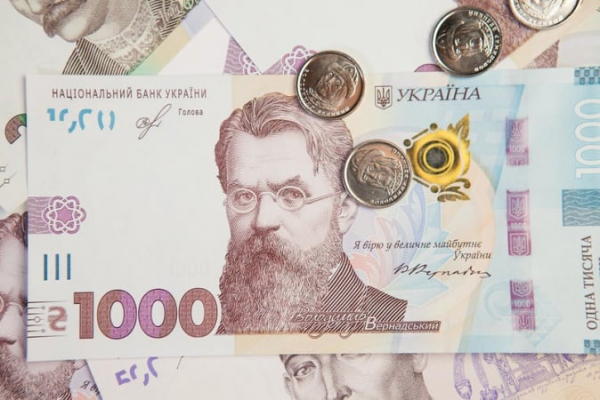The share of non-performing loans (NPL) in the banking sector as of July 1, 2024 was 34.6%, which is 2.8 percentage points lower than the figure at the beginning of the year. The volume of NPL decreased in the first half of 2024 by UAH 4.2 billion to UAH 418.2 billion. This was reported by the press service of the NBU.

► Read page “Minfina” on Facebook: main financial news
The share of NPL retail loans during this time decreased by 3.9 wt. p. to 19.6%. The decrease in the share of NPL in the corporate loan portfolio also noticeably accelerated – by 1.9 wt. p. to 42.2%.
The key factors in the reduction of the share of NPL are the further increase in the volume of high-quality hryvnia loans by banks and the write-off of non-performing retail loans, primarily by banks with Ukrainian private capital.
Resolving NPL in the corporate segment requires significant efforts from banks, as evidenced by the June Financial Stability Report.
Banks cope with this by actively using the available sufficient tools for resolving NPL. The most common tools used by banks to work under NPL are out-of-court restructurings. They are designed to soften the debt burden on the client and give him the opportunity to restore solvency.
Banks have restructured about half of all corporate NPLs remaining on their balance sheets today. Excluding loans to former owners of PrivatBank, this share exceeds 90%. (The share of NPLs of corporate loans excluding loans to former owners of PrivatBank is 29.3%, i.e. 12.9 percentage points less than with them).
A detailed analysis of the terms and effectiveness of restructurings since 2020, conducted in the June Financial Stability Report, shows the following:
- Before the full-scale invasion, the most common concession to NPL clients was the rollover of debt, occasionally with a grace period for paying interest on the loan; During a full-scale war, banks became more flexible. To leave more resources for the client to quickly restore his financial condition, they combined several tools at the same time. In 62% of cases, this is a combination of loan extension tools and providing a grace period for interest payments; most often, at least two or three successive relatively short restructurings are applied to NPL, usually each subsequent one has a longer term than the previous one; at the same time, banks rarely reduce rates; the exceptions were restructurings carried out in accordance with the Law of Ukraine “On Financial Restructuring”, which were mainly carried out before 2022; The “last resort” measure in NPL settlement is the collection and sale of the collateral by the bank. Military NPLs are better secured than the old portfolio, given the more prudent lending standards of recent years. However, the generally low collateral coverage of loans makes voluntary resolution measures even more significant for banks.
“Despite all efforts, restoration of debtor solvency remains rare,” the regulator said in a statement.
Before Russia’s full-scale invasion of Ukraine, the share of NPL in Ukrainian banks began to decline in 2018: from 55% to 27% as of March 1, 2022.
Cash loans in Ukraine
- Loans

